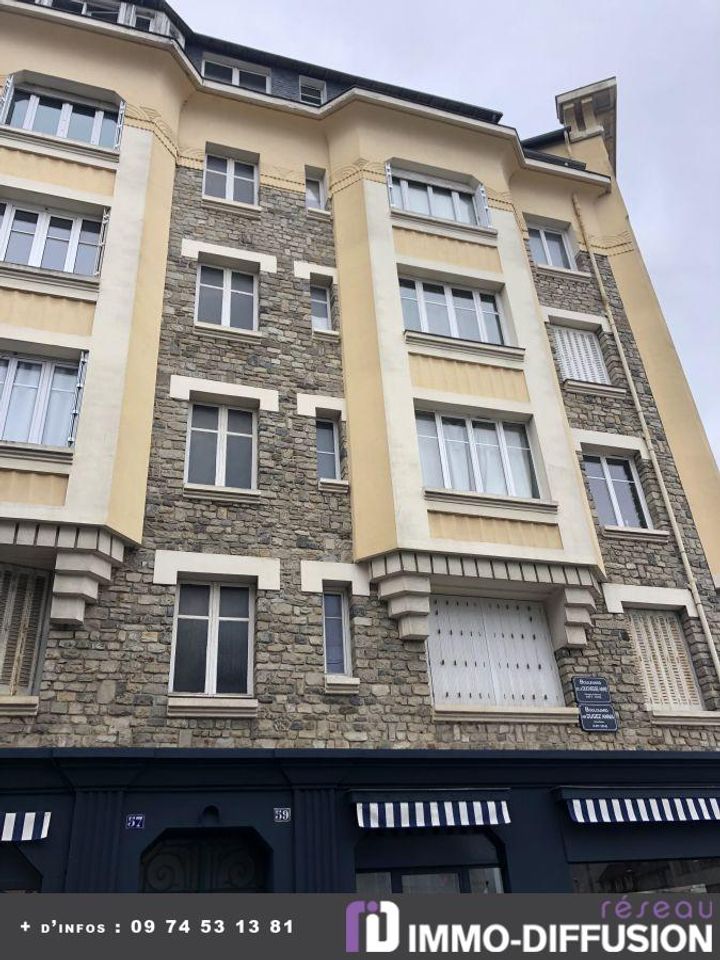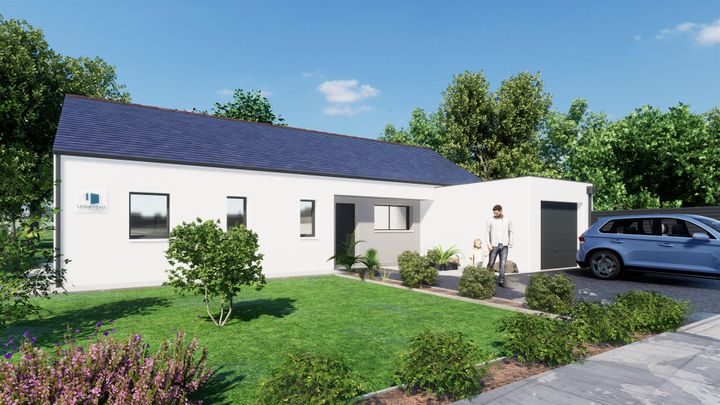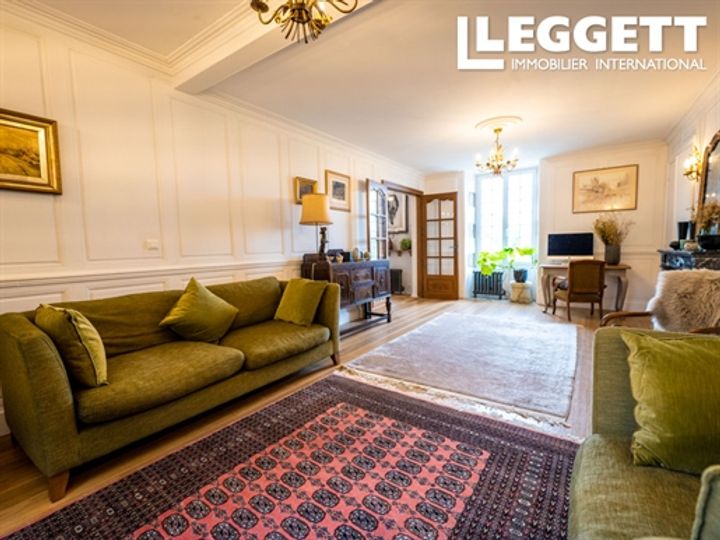Several factors influence real estate prices in Rennes, a vibrant city in western France. Firstly, location plays a crucial role; properties situated near the historical center or major transport hubs, like the Rennes train station, typically command higher prices due to their accessibility and amenities. The presence of universities, such as the University of Rennes 1 and 2, also affects demand, as students and faculty seek rental options or permanent residences. Additionally, local economic conditions, including employment rates and the development of industries such as tech and research, contribute to pricing dynamics; a surge in job opportunities tends to elevate housing demand. Furthermore, the city’s urban planning projects, including public transport expansions and green spaces, can increase desirability and, consequently, property values. Lastly, market trends, influenced by broader economic factors in France and Europe, also play a role, with fluctuations in mortgage rates affecting buyers' purchasing power and overall market conditions.
Rennes
Location
Price Range
Any price
Price Range
Minimum
No min
Maximum
No max
Property type
Show all
Property type
Show all
House
Apartment
Building
Other
Bedrooms
Any beds
Bedrooms
Minimum
No min
Maximum
No max
Surface Range
Any surface
Surface Range
Minimum
No min
Maximum
No max
Sale type
For sale
Sale type
Show all
To rent
For sale
Location
Apartments and houses for sale in Rennes
8 results
Recent
Rennes FAQ
What factors influence real estate prices in Rennes?
How have real estate prices in Rennes changed over the past few years?
Real estate prices in Rennes have seen a significant increase over the past few years, reflecting a broader trend in many French cities. Between 2018 and 2022, the average property prices rose by approximately 20%, with some areas experiencing even steeper increases. For instance, neighborhoods like Thabor and Les Halles have become particularly desirable, leading to prices soaring to around €3,500 per square meter. Additionally, the growing popularity of Rennes among young professionals and families, partly due to its reputation as a vibrant university town and its strategic position in Brittany, has fueled demand. The rental market has also tightened, with average rents increasing by nearly 15% during the same period, making it more challenging for newcomers to find affordable housing options. This surge in prices is further driven by low-interest rates and a competitive market, attracting both local and national investors looking to capitalize on the city's growth potential.
What is the average price per square meter for homes in Rennes?
The average price per square meter for homes in Rennes typically ranges from €2,500 to €3,500, depending on the neighborhood and property type. Areas like Thabor and Centre Ville often see higher prices, averaging around €3,800 per square meter due to their proximity to amenities and vibrant city life. In contrast, neighborhoods such as La Courrouze or Cleunay tend to be more affordable, with prices around €2,500 to €3,000 per square meter, reflecting their slightly further distance from the city center. Additionally, the market in Rennes has been experiencing steady growth, with prices showing an upward trend, influenced by factors such as urban development and increased demand from both buyers and investors.
Are real estate prices in Rennes higher in certain neighborhoods?
Real estate prices in Rennes vary significantly across different neighborhoods, reflecting factors such as location, amenities, and accessibility. For instance, the historic city center, particularly around Place des Lices, tends to have higher property values due to its vibrant cultural scene, proximity to shops and restaurants, and historical charm. In contrast, areas like Bruz, located just outside the city, often present more affordable options for buyers, despite offering a good quality of life and green spaces. Neighborhoods such as Villejean, known for its student population and proximity to universities, see fluctuating prices influenced by demand from renters and investors, while upscale areas like Thabor attract wealthier buyers looking for spacious homes near parks and schools. Each neighborhood's unique character and population dynamics play a crucial role in determining real estate pricing.
How does the local economy affect real estate prices in Rennes?
The local economy in Rennes significantly influences real estate prices, primarily through job growth, income levels, and population trends. With a strong presence in sectors like technology, education, and healthcare, Rennes has attracted companies and startups, boosting employment opportunities. The presence of institutions like the University of Rennes not only enhances employment but also brings a steady influx of students, which in turn drives demand for rental properties. Additionally, the city’s investment in infrastructure, such as the expansion of public transport and development of new commercial zones, has made certain neighborhoods more desirable; for example, areas near the metro lines have seen an uptick in property values as accessibility improves. Meanwhile, rising incomes among residents contribute to a greater capacity to invest in housing, leading to increased competition in the real estate market, particularly in sought-after districts like Le Blosne and Centre-ville.
What is the forecast for future real estate prices in Rennes?
The forecast for future real estate prices in Rennes indicates a moderate but steady increase, driven by several key factors. Firstly, Rennes has established itself as a major tech hub, with an influx of startups and significant investments in digital infrastructure, attracting a young professional demographic. This trend enhances demand for residential properties, particularly in sought-after neighborhoods like Thabor and Centre-ville, where prices have already seen notable appreciation. Additionally, the city's ongoing urban development projects, including improvements in public transportation and green spaces, are likely to contribute to rising property values. For instance, the expansion of the metro system is expected to increase accessibility, further enticing buyers to invest in areas previously considered less desirable. With these dynamics at play, experts predict that real estate prices in Rennes could rise by approximately 3-5% annually over the next five years.
What role do schools and amenities play in determining property prices in Rennes?
In Rennes, schools and amenities significantly influence property prices, as families prioritize access to quality education and convenient local services. Areas near reputable schools, such as Lycée Anne de Bretagne or École Internationale, often see higher property values due to the demand from parents seeking to enroll their children in these institutions. Additionally, amenities such as parks, shopping centers, and public transportation further enhance a neighborhood's appeal. For instance, neighborhoods like Rennes’ Centre Ville, with its mix of educational facilities and easy access to cafes and shops, tend to attract higher real estate prices compared to suburbs lacking such conveniences. The proximity to public transport hubs like the Rennes Metro system also increases desirability, allowing residents to commute easily to work or school, thus driving up demand and prices.









